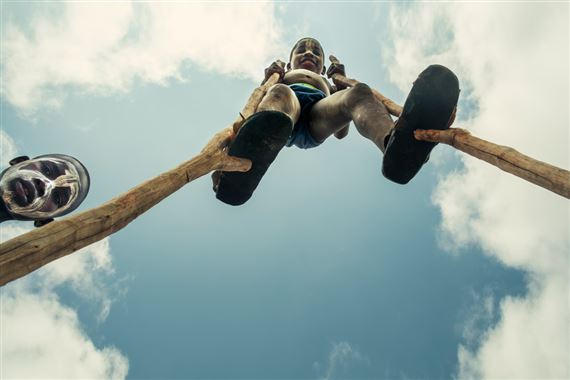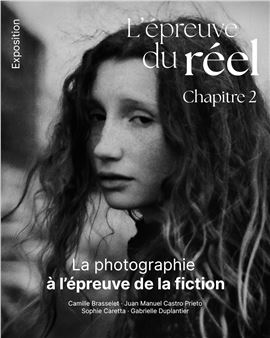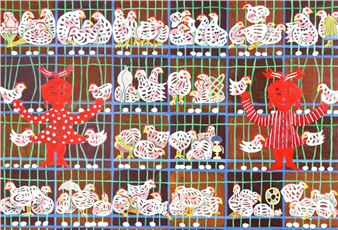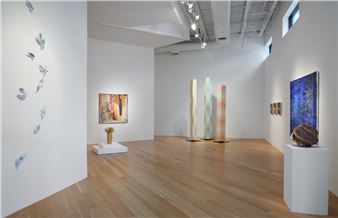Miguel Soler-Roig: Amesegënallô (Thanks)
In 2012, Miguel Soler-Roig made an intense and adventurous journey through southern Ethiopia and the surrounding Omo River Valley. Designated by UNESCO as a World Heritage Site in 1980, this river basin is home to important paleontological deposits and is known as the cradle of humanity. Unlike the northern part of the country, the south retains an almost virgin character and is known to have been a crossroads for thousands of years for diverse migrant cultures and ethnic groups. The area is populated by semi-nomadic tribes such as the Hamer, Mursi, Karo, Surma, Bume, Galeb, Dassanetch or Bodi; many of whom practice body modifications.
Portraits, nature and everyday scenarios make up a very complete body of work that allows the spectator to enter into the daily life of the tribes from a sort of shared familiarity. Soler-Roig flees from dramatization, anthropological analysis, clichés or hegemonic perspective to manifest a look full of respect and fascination. From the brave face of a young man in the foreground, the determination of a woman who leads a path, to the intimacy between two men accomplices in their gestures. There is also room for magic: that which can be released by a donkey in the moonlight, protected by the constellation of Pegasus or that which produces the clash between rituals and contemporaneity.
Vivid colours and daring compositions round off a photographic series that praise the enjoyment of everyday life, the idiosyncrasies of its villages and the spectacular nature of a landscape of its own, still undeveloped. Amesegënallô means thanks in Amharic, an expression that the artist uses in two different ways: on the one hand, the celebration of learning together through this experience, but also the survival of these tribal cultures in time.

Recommended for you
In 2012, Miguel Soler-Roig made an intense and adventurous journey through southern Ethiopia and the surrounding Omo River Valley. Designated by UNESCO as a World Heritage Site in 1980, this river basin is home to important paleontological deposits and is known as the cradle of humanity. Unlike the northern part of the country, the south retains an almost virgin character and is known to have been a crossroads for thousands of years for diverse migrant cultures and ethnic groups. The area is populated by semi-nomadic tribes such as the Hamer, Mursi, Karo, Surma, Bume, Galeb, Dassanetch or Bodi; many of whom practice body modifications.
Portraits, nature and everyday scenarios make up a very complete body of work that allows the spectator to enter into the daily life of the tribes from a sort of shared familiarity. Soler-Roig flees from dramatization, anthropological analysis, clichés or hegemonic perspective to manifest a look full of respect and fascination. From the brave face of a young man in the foreground, the determination of a woman who leads a path, to the intimacy between two men accomplices in their gestures. There is also room for magic: that which can be released by a donkey in the moonlight, protected by the constellation of Pegasus or that which produces the clash between rituals and contemporaneity.
Vivid colours and daring compositions round off a photographic series that praise the enjoyment of everyday life, the idiosyncrasies of its villages and the spectacular nature of a landscape of its own, still undeveloped. Amesegënallô means thanks in Amharic, an expression that the artist uses in two different ways: on the one hand, the celebration of learning together through this experience, but also the survival of these tribal cultures in time.
Artists on show
Contact details


 ARTISTS
ARTISTS











